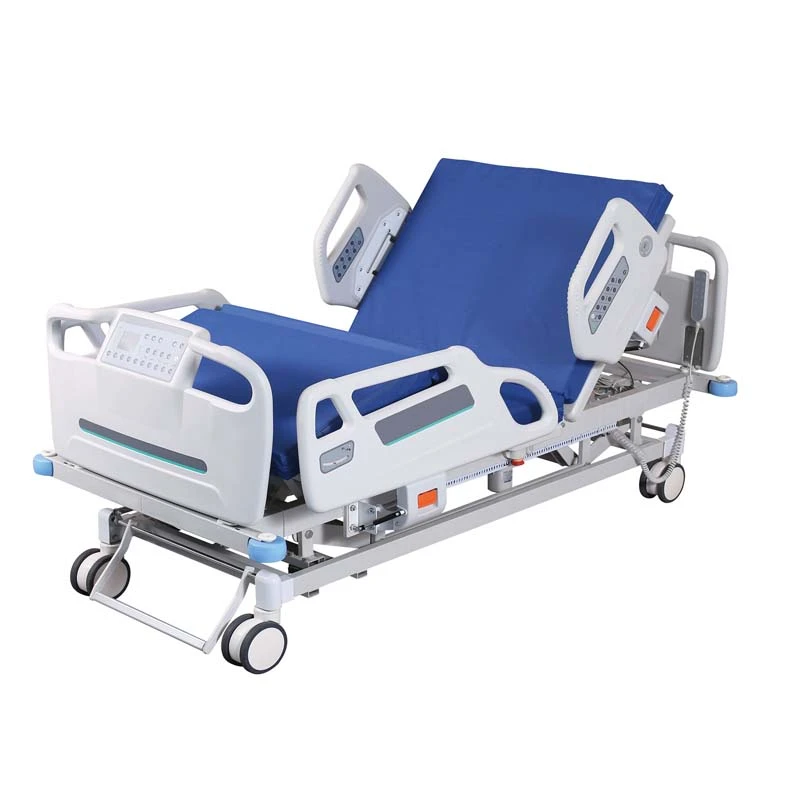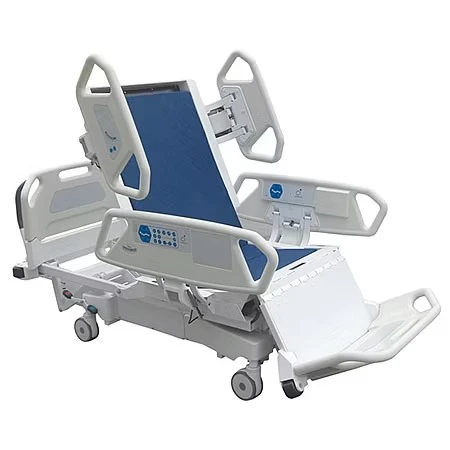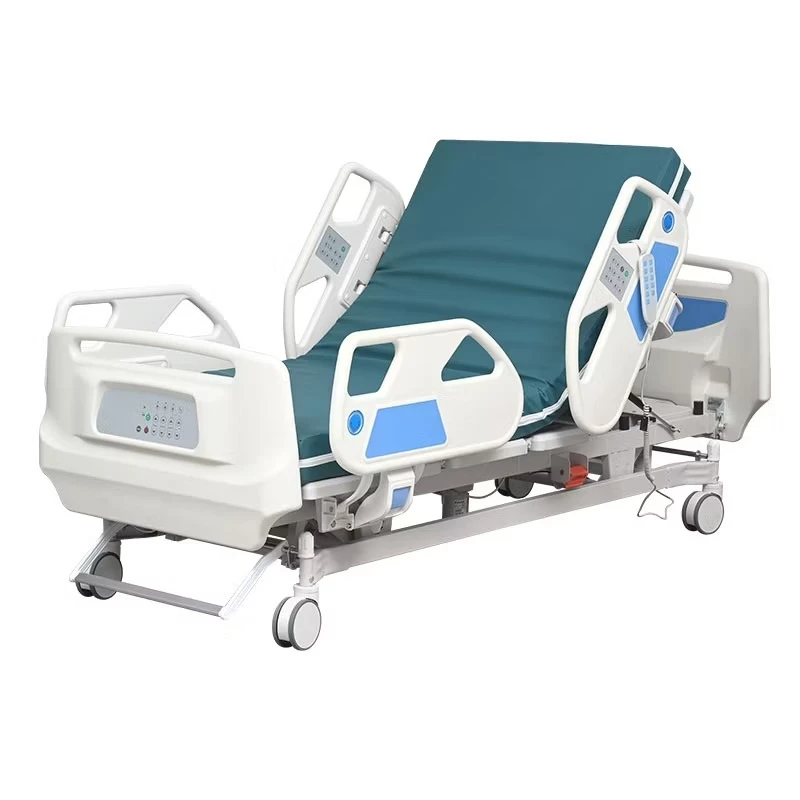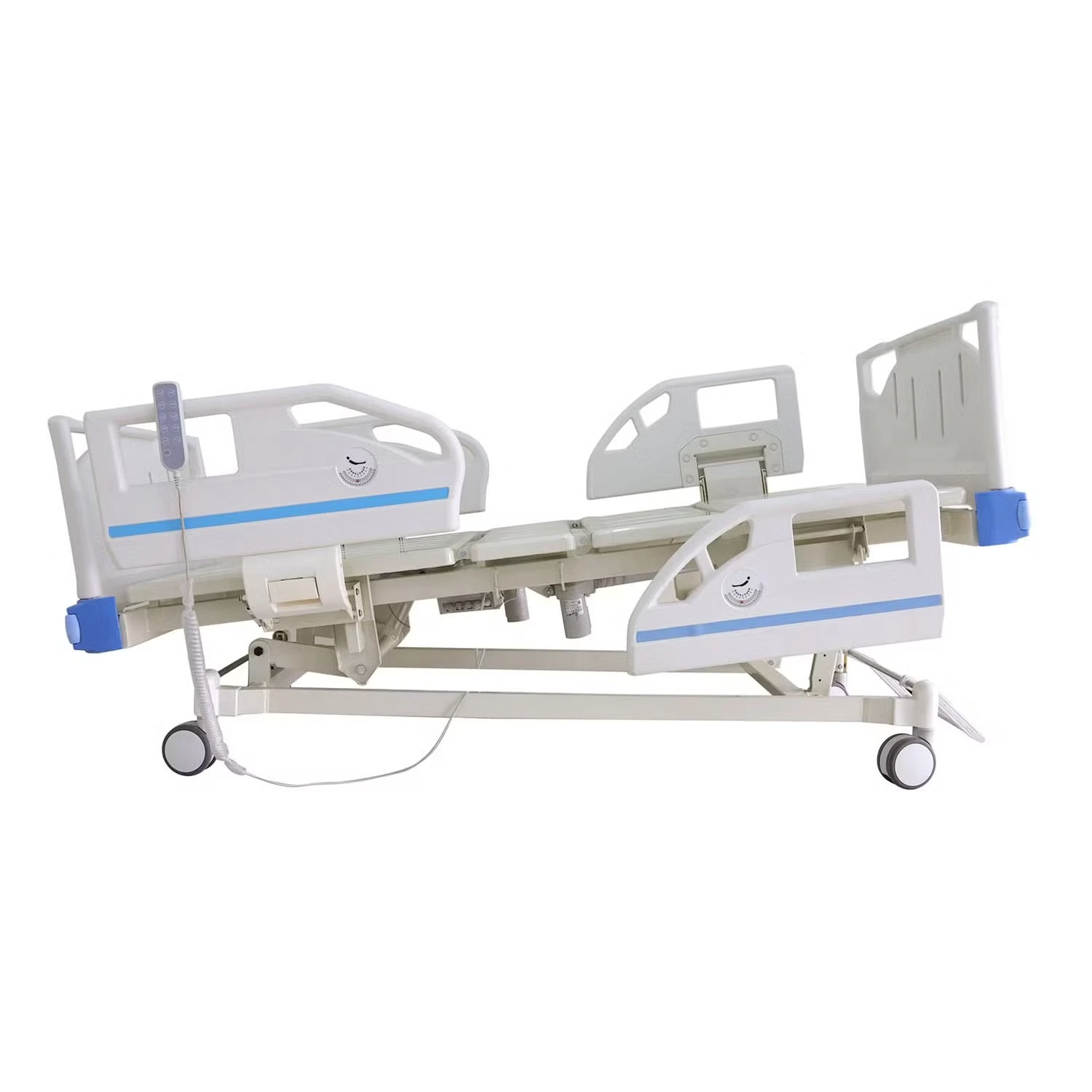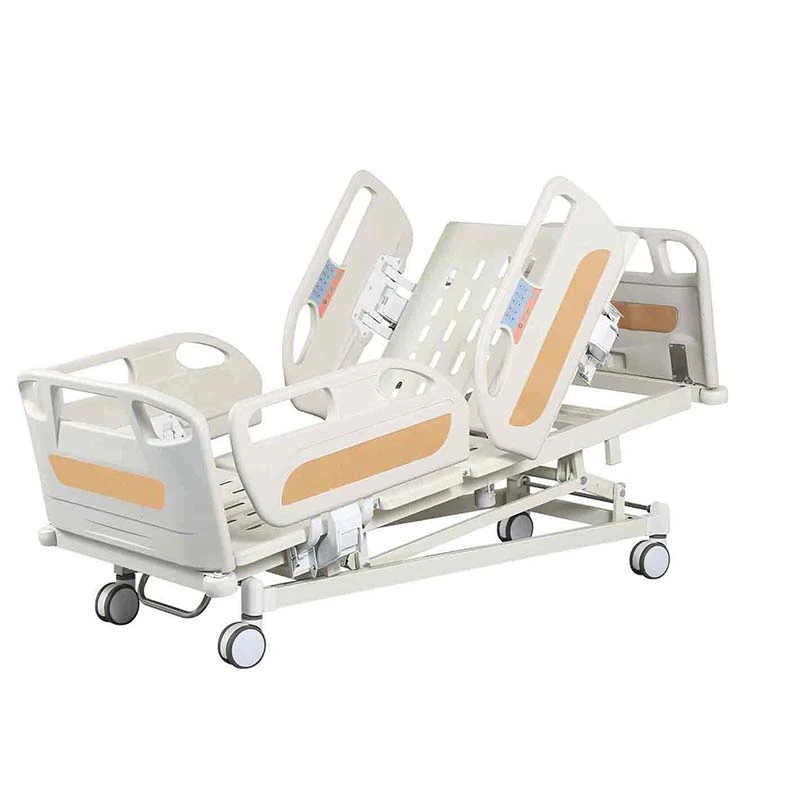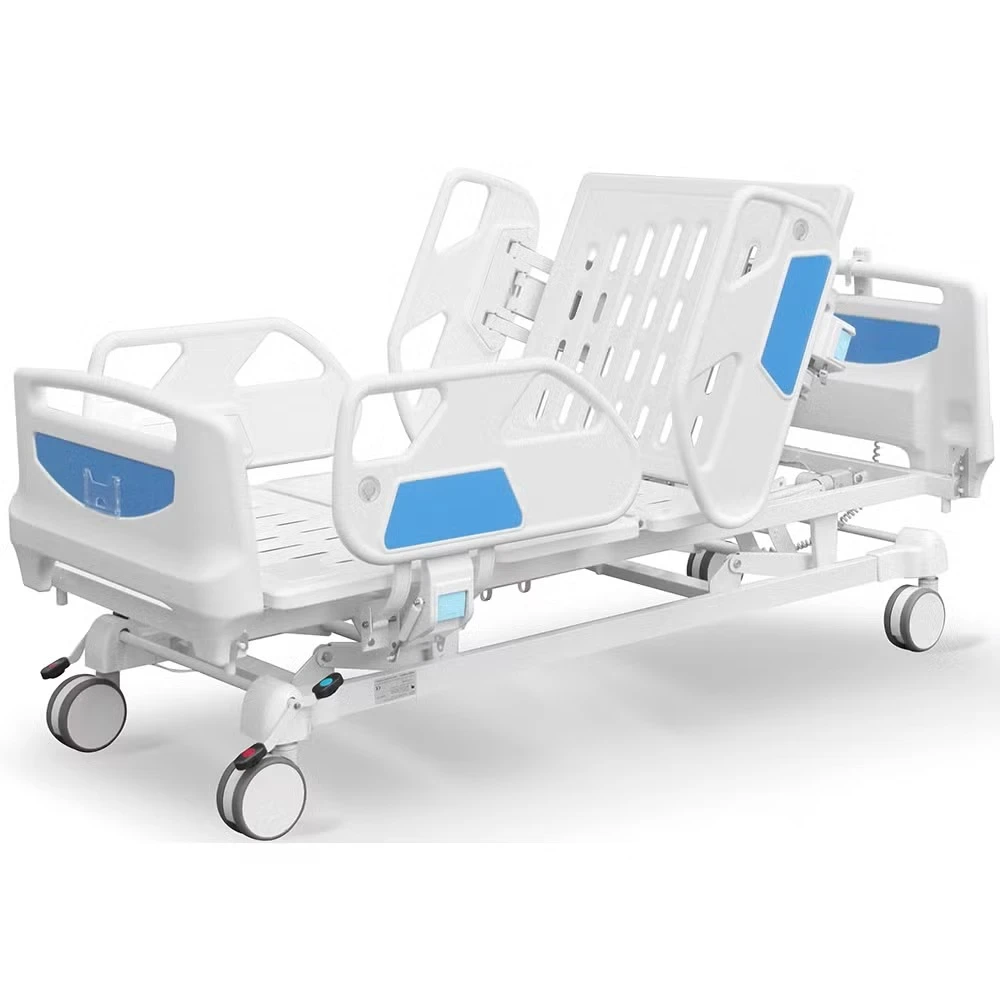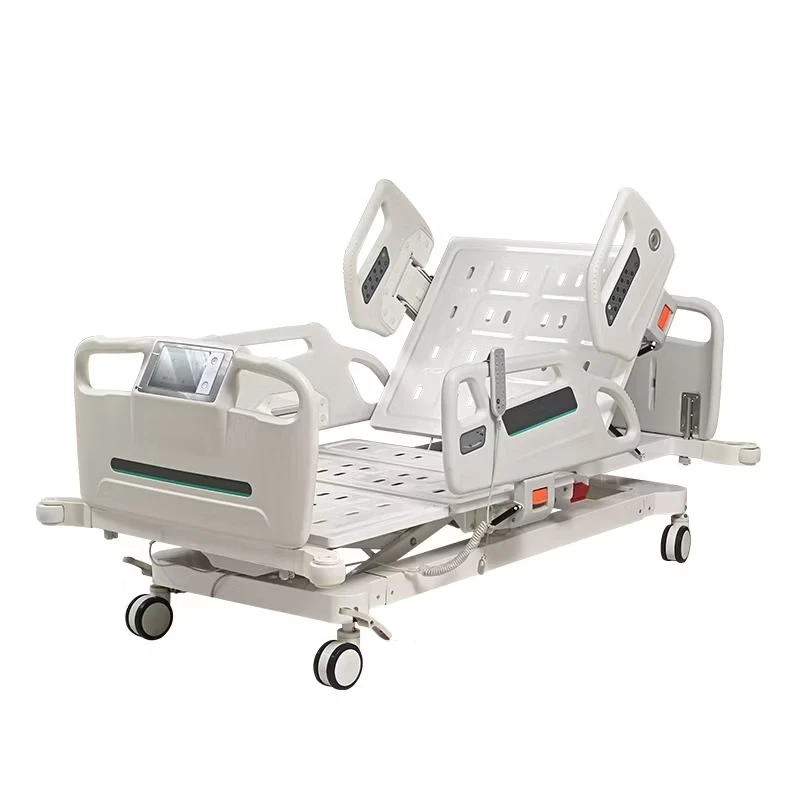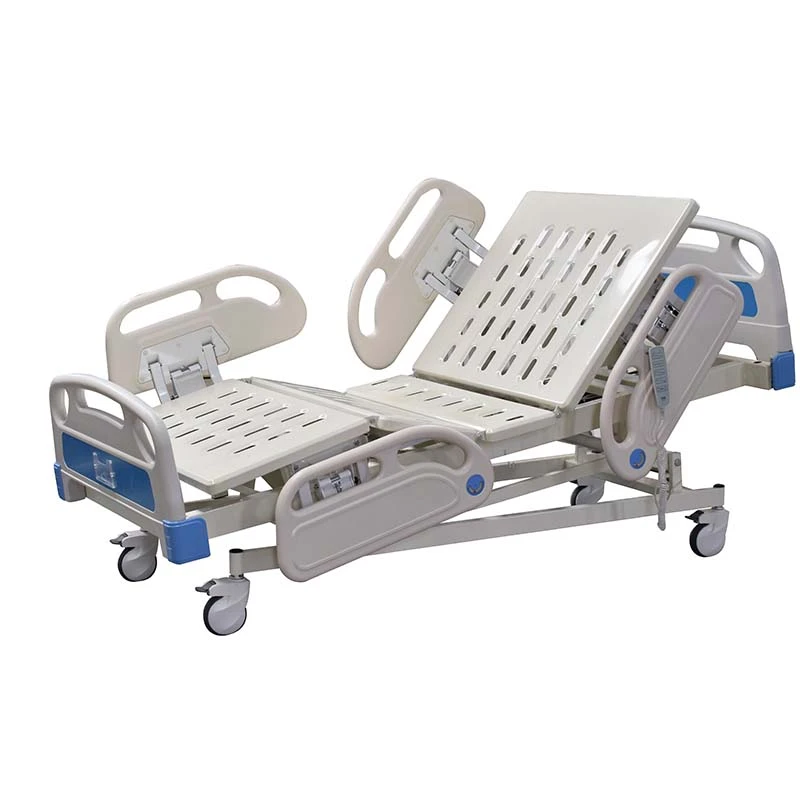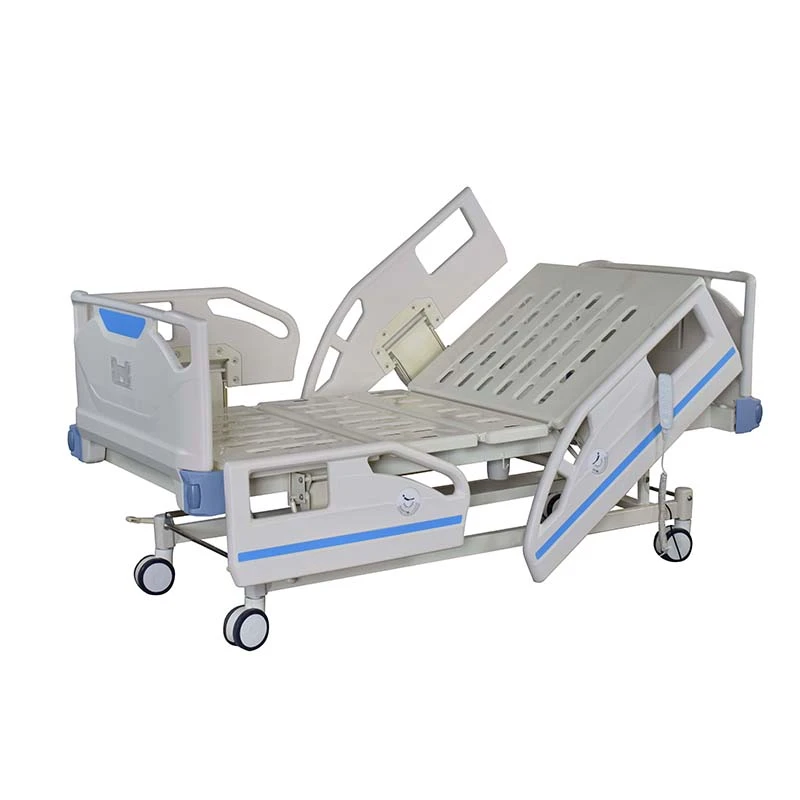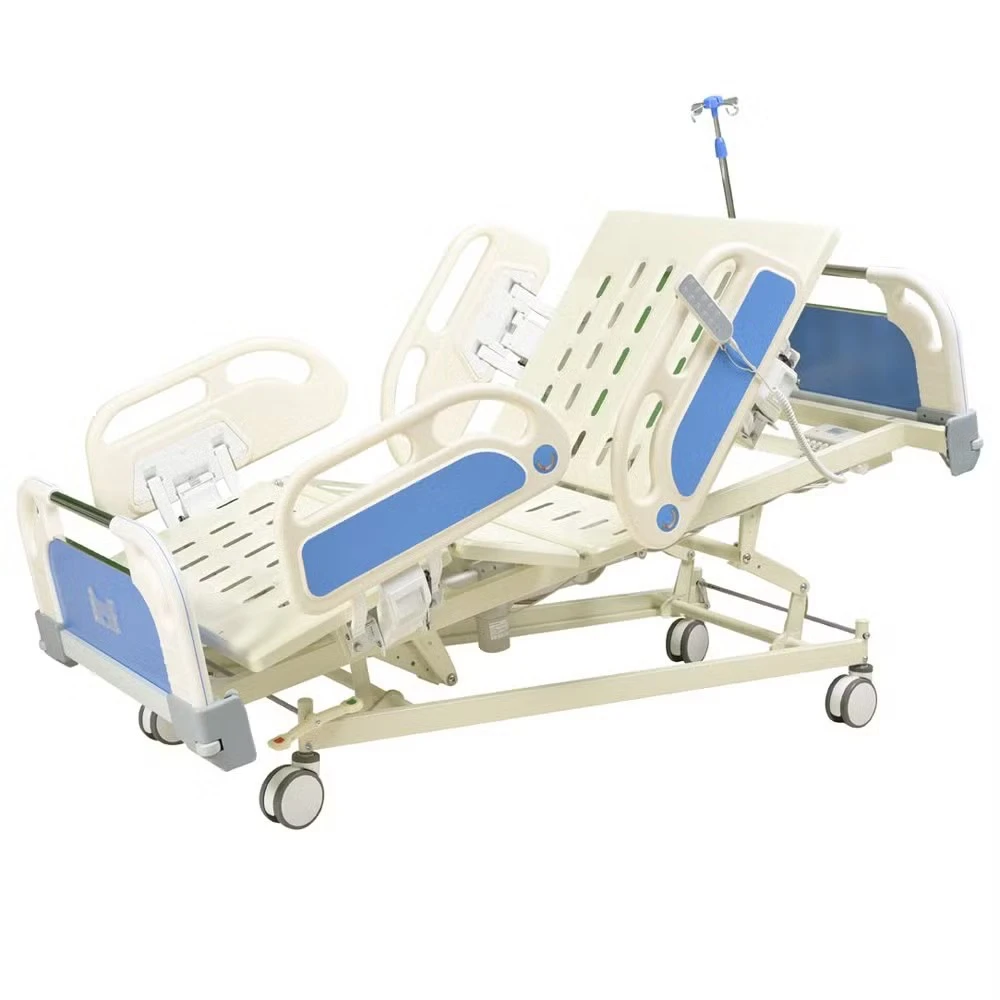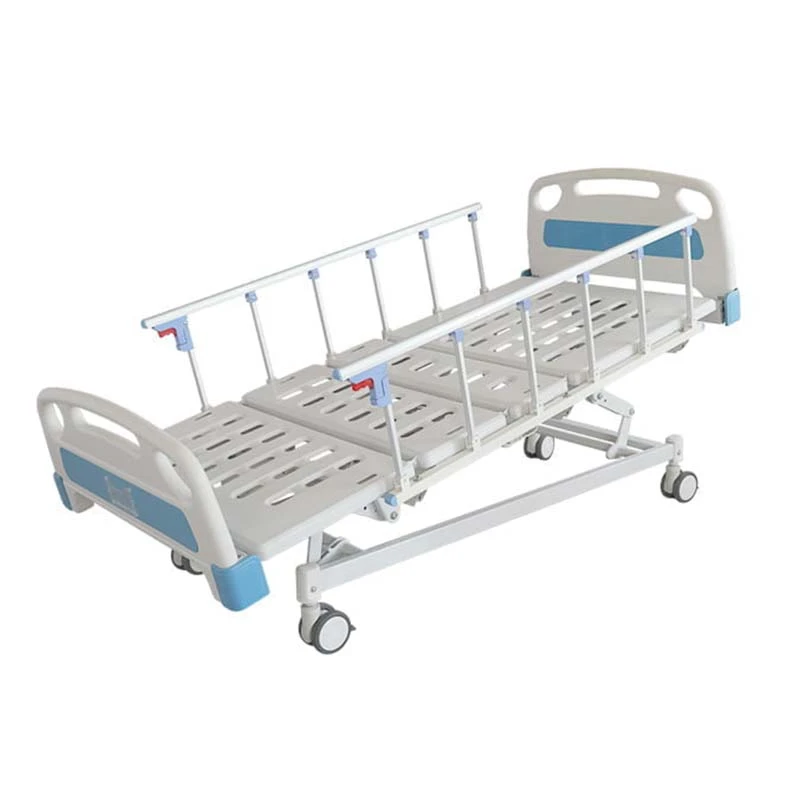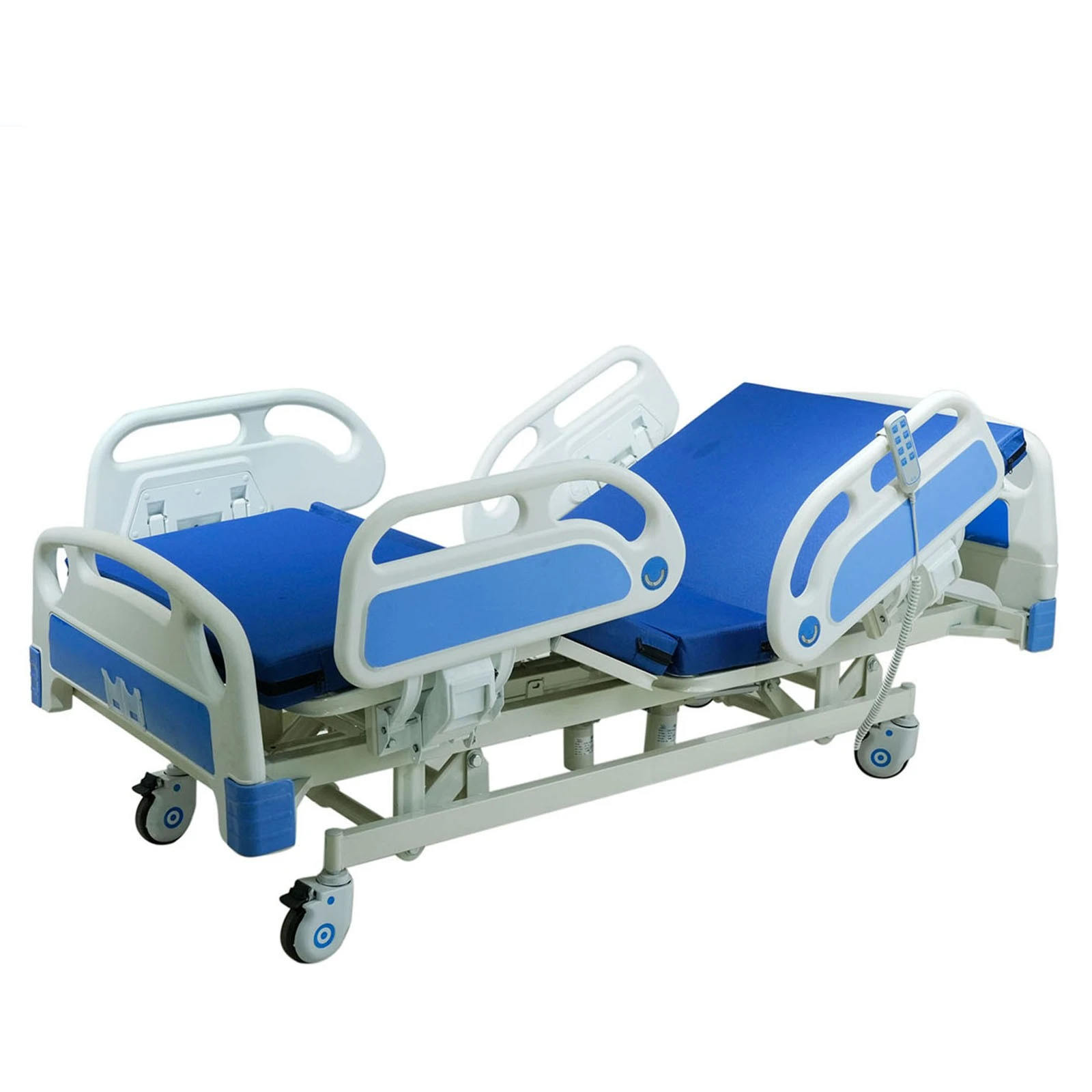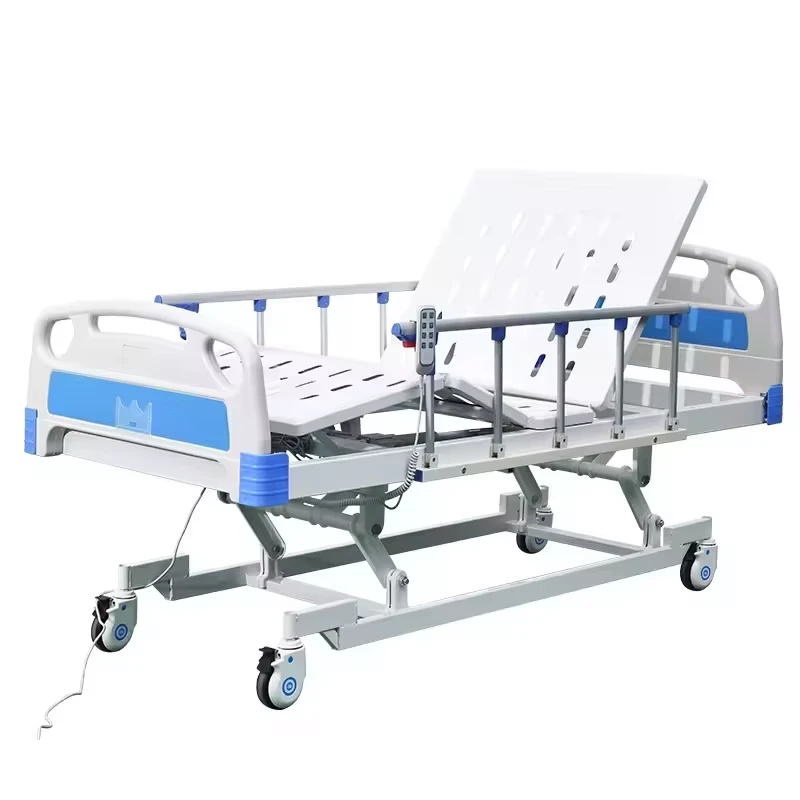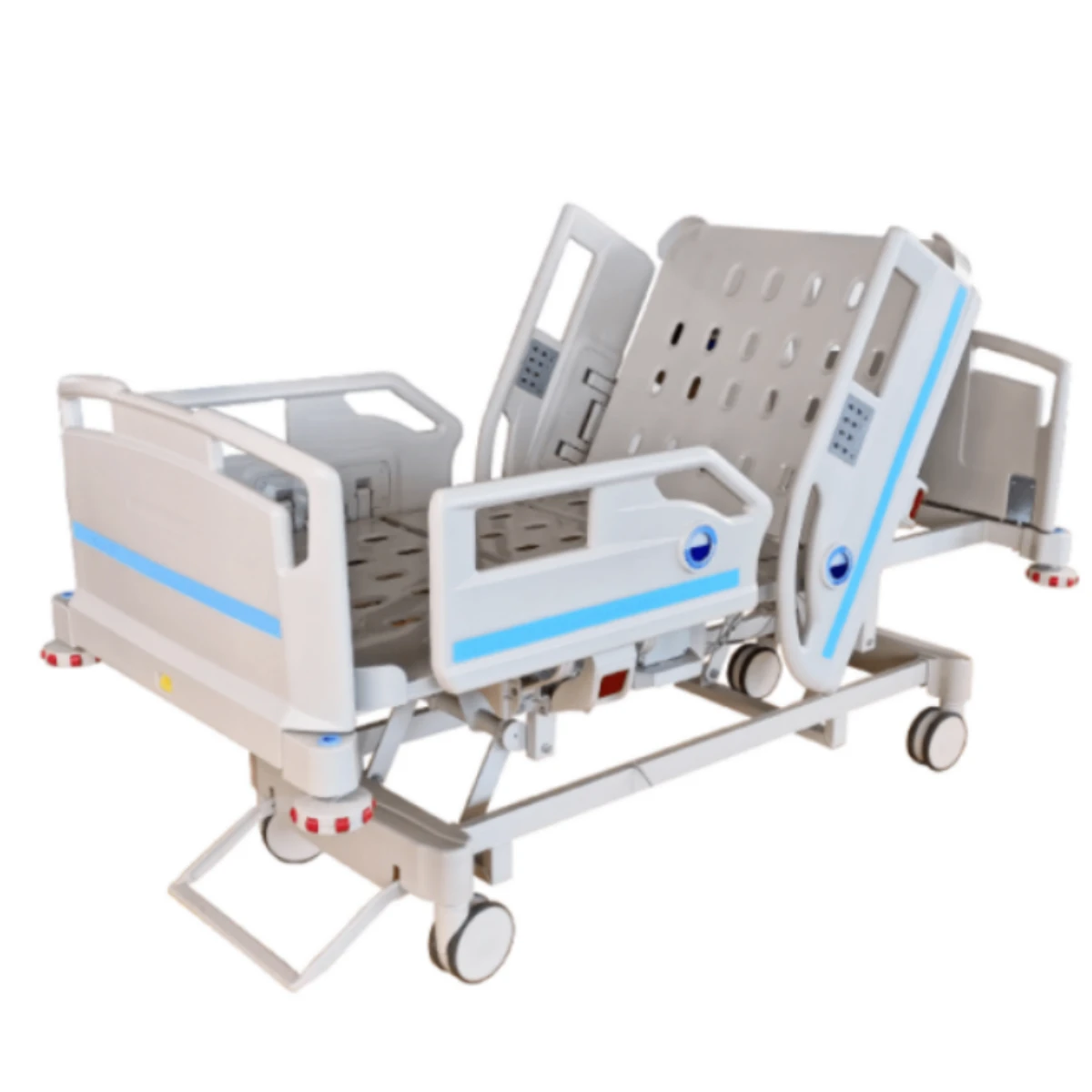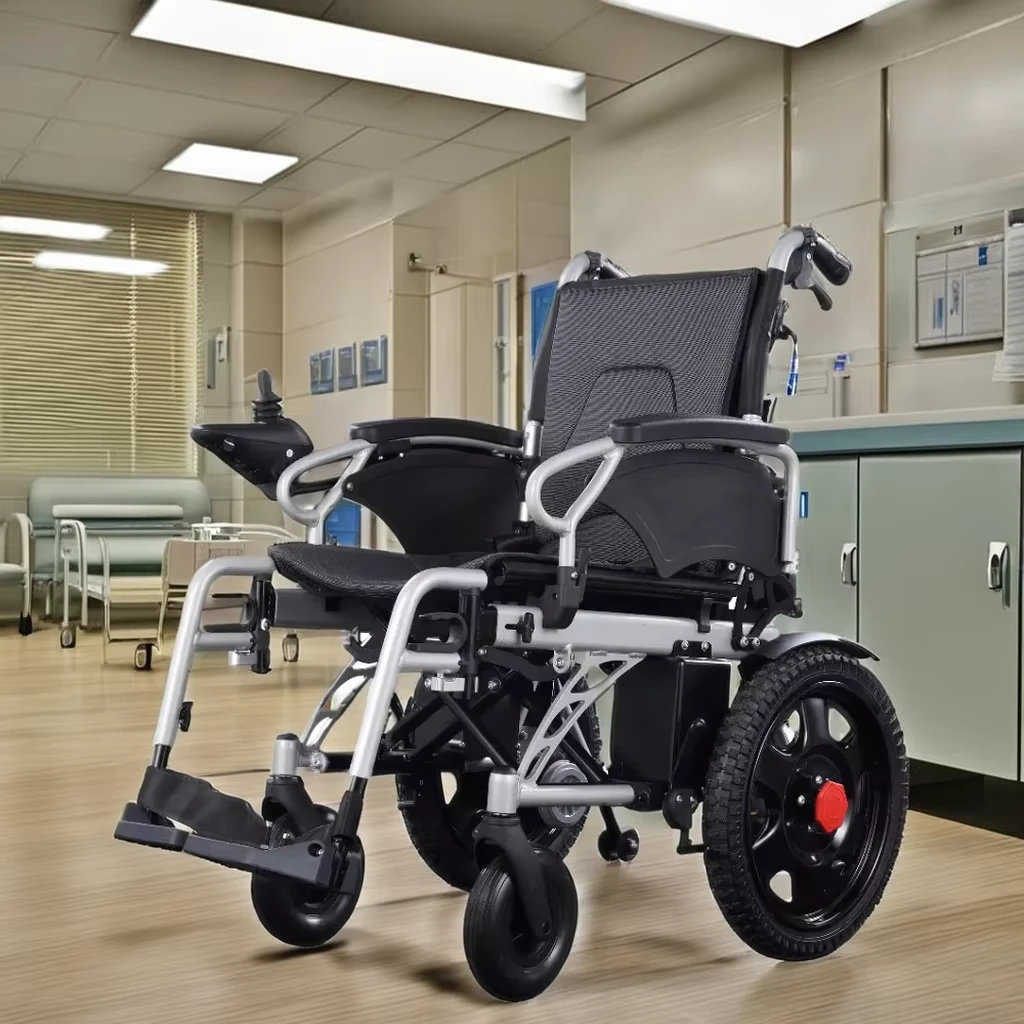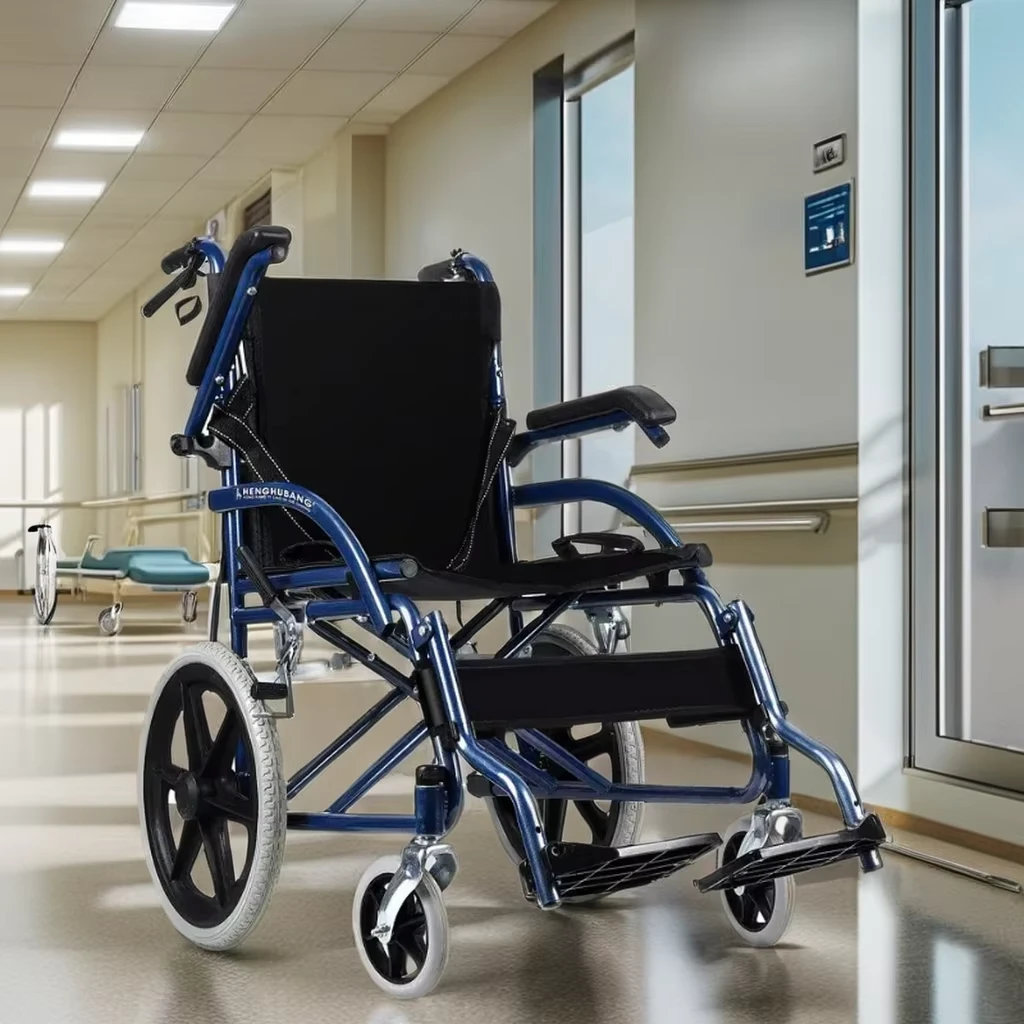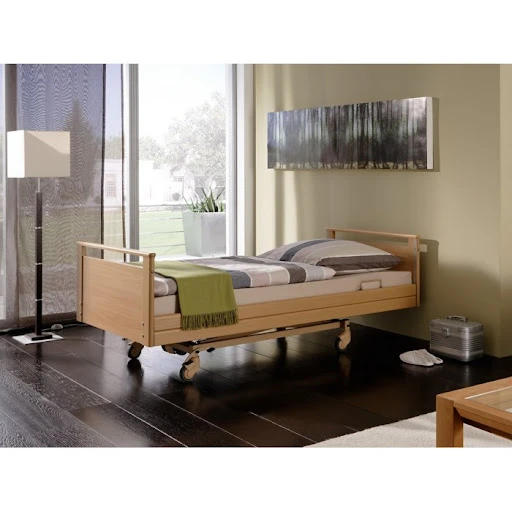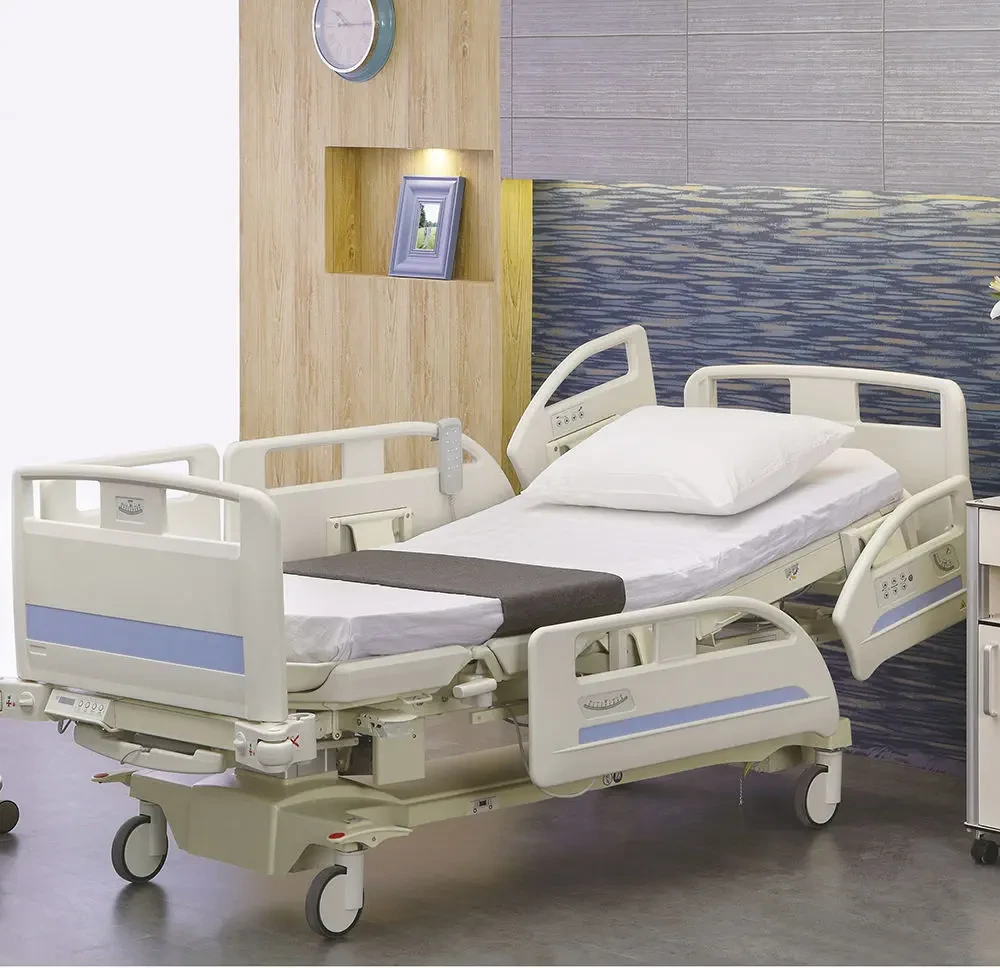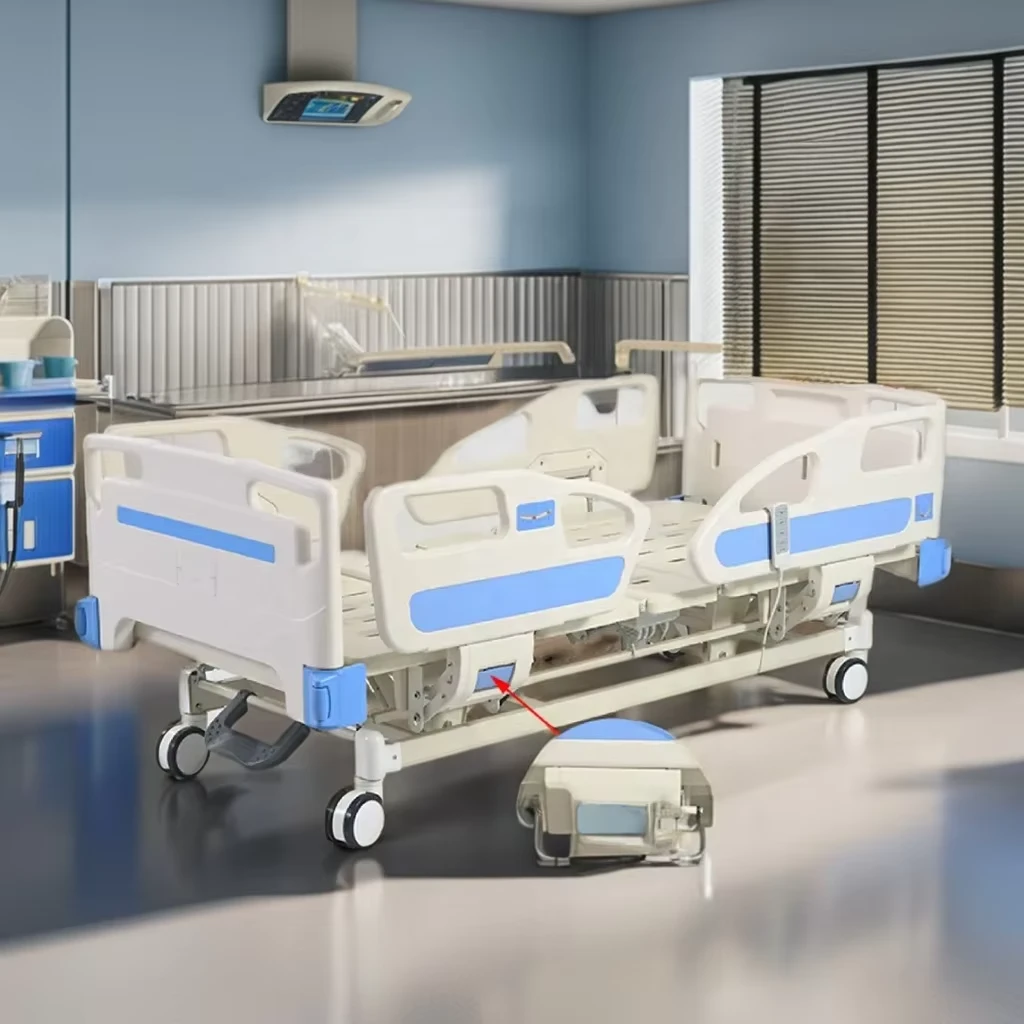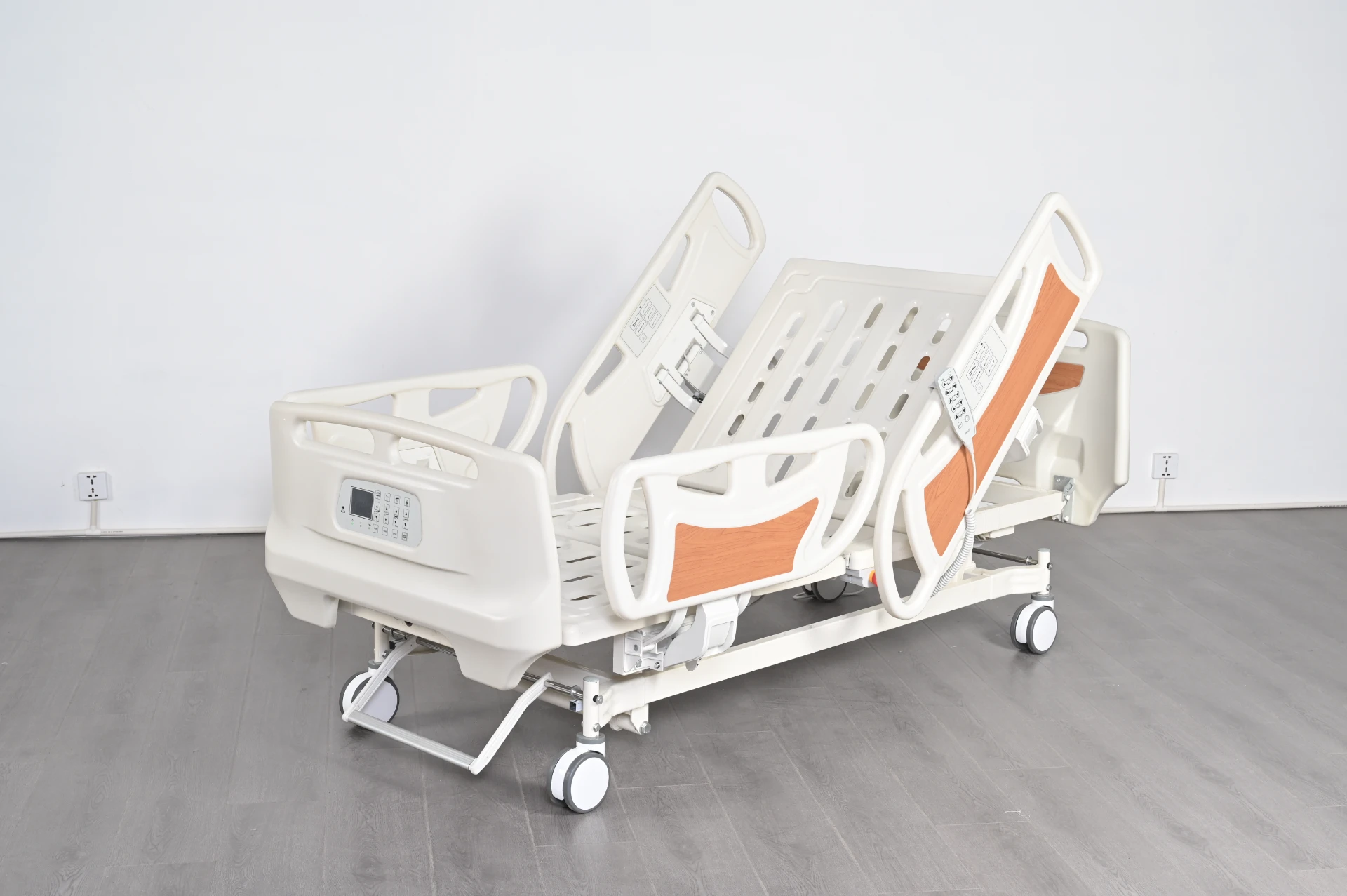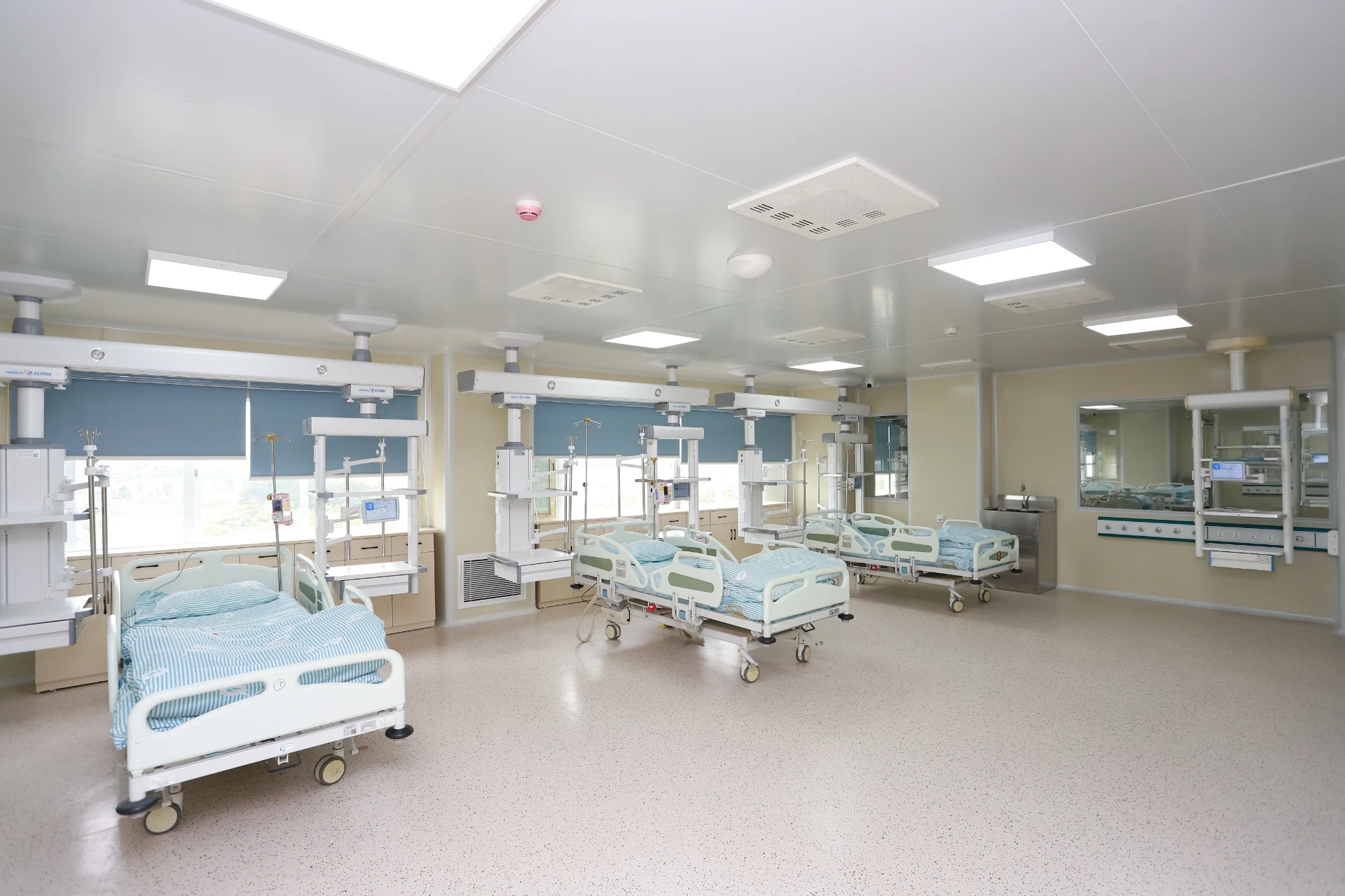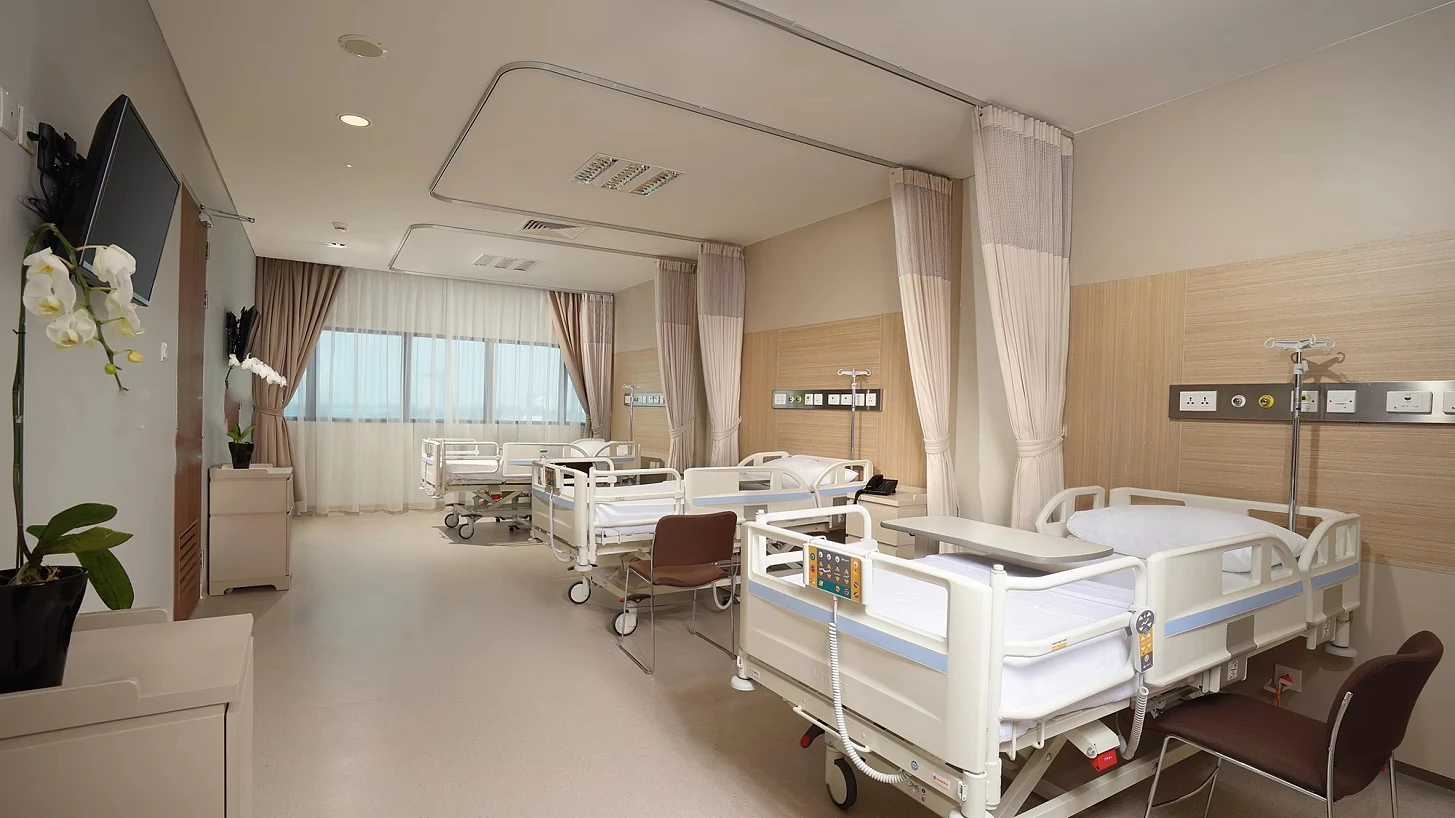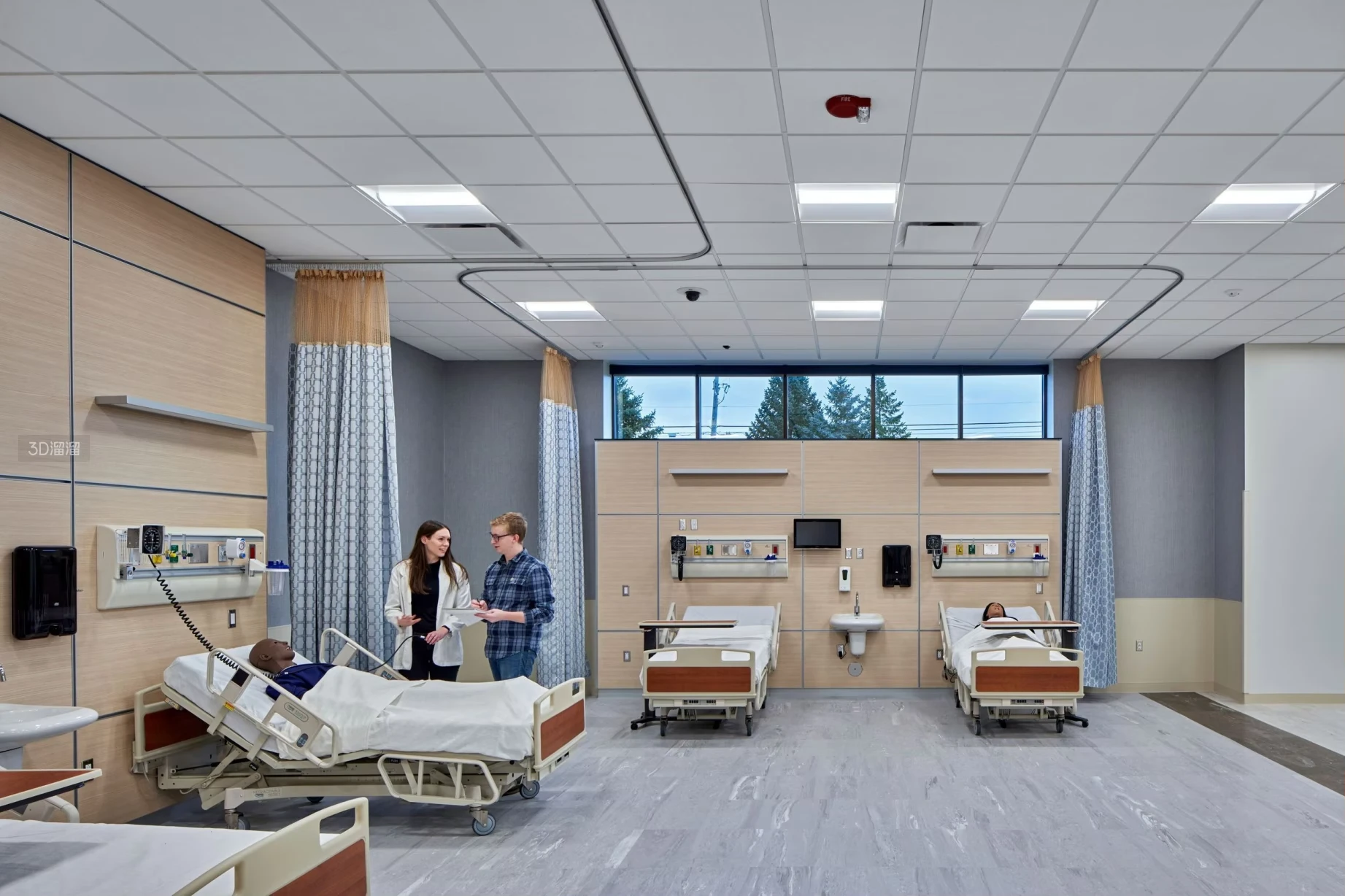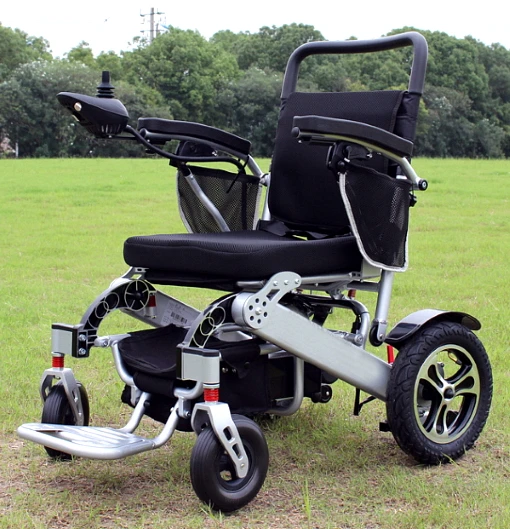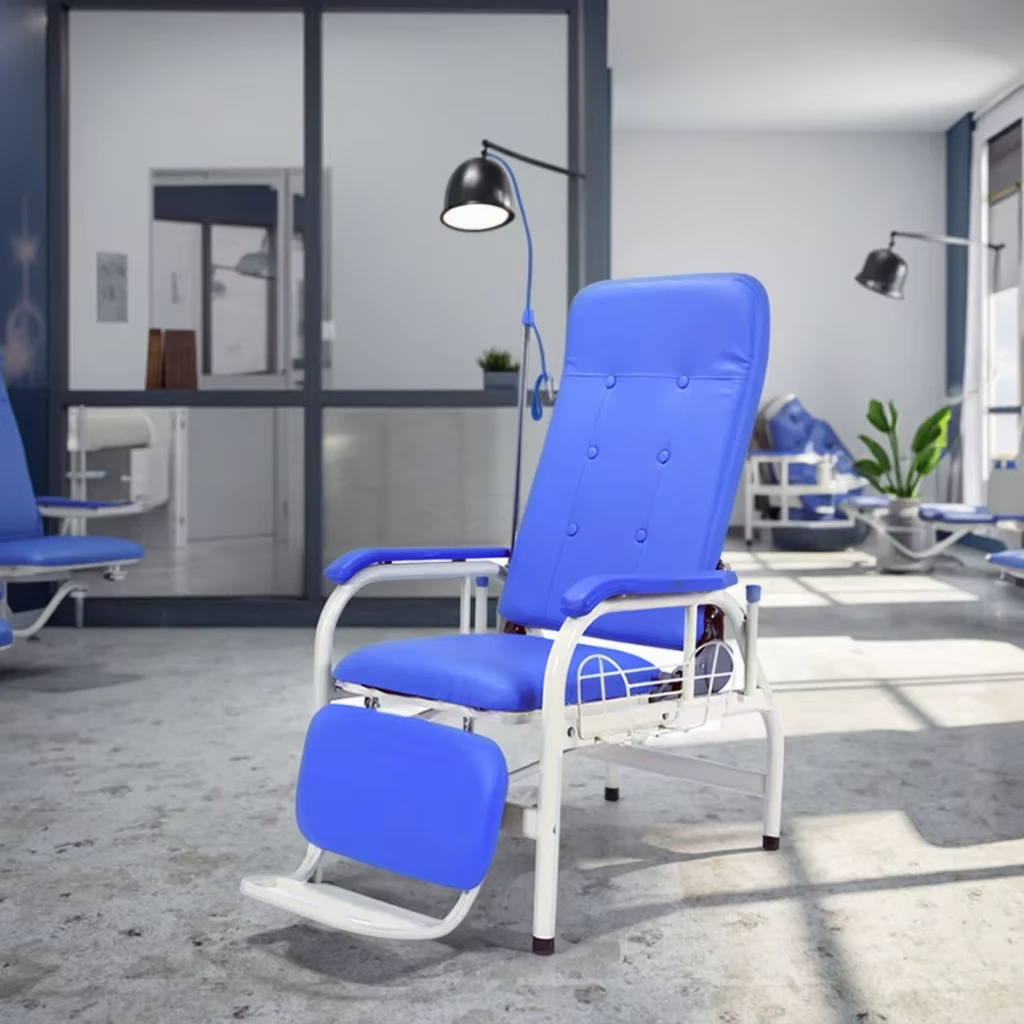Elevating Recovery with Advanced Rehabilitation Equipment
The Role of Rehabilitation Equipment in Modern Therapeutic Care
In today’s healthcare environment, rehabilitation equipment plays a critical role in accelerating patient recovery, improving mobility, and enhancing the overall quality of life. From acute hospital settings to outpatient clinics and long-term care facilities, the right therapeutic tools are vital for regaining strength, coordination, and confidence. Innovations in rehabilitation equipment have led to more patient-centered designs that cater to a range of medical conditions, including post-surgical recovery, neurological disorders, and orthopedic rehabilitation.
Professional-grade rehabilitation equipment includes everything from resistance bands and balance boards to high-tech motion simulators and robotic-assisted therapy devices. These tools not only aid in the physical restoration of muscles and joints but also support cognitive rehabilitation in cases involving stroke or traumatic brain injury. Clinicians rely on this equipment to tailor therapy programs that meet the specific needs of individuals, ensuring progressive improvement and long-term health benefits.
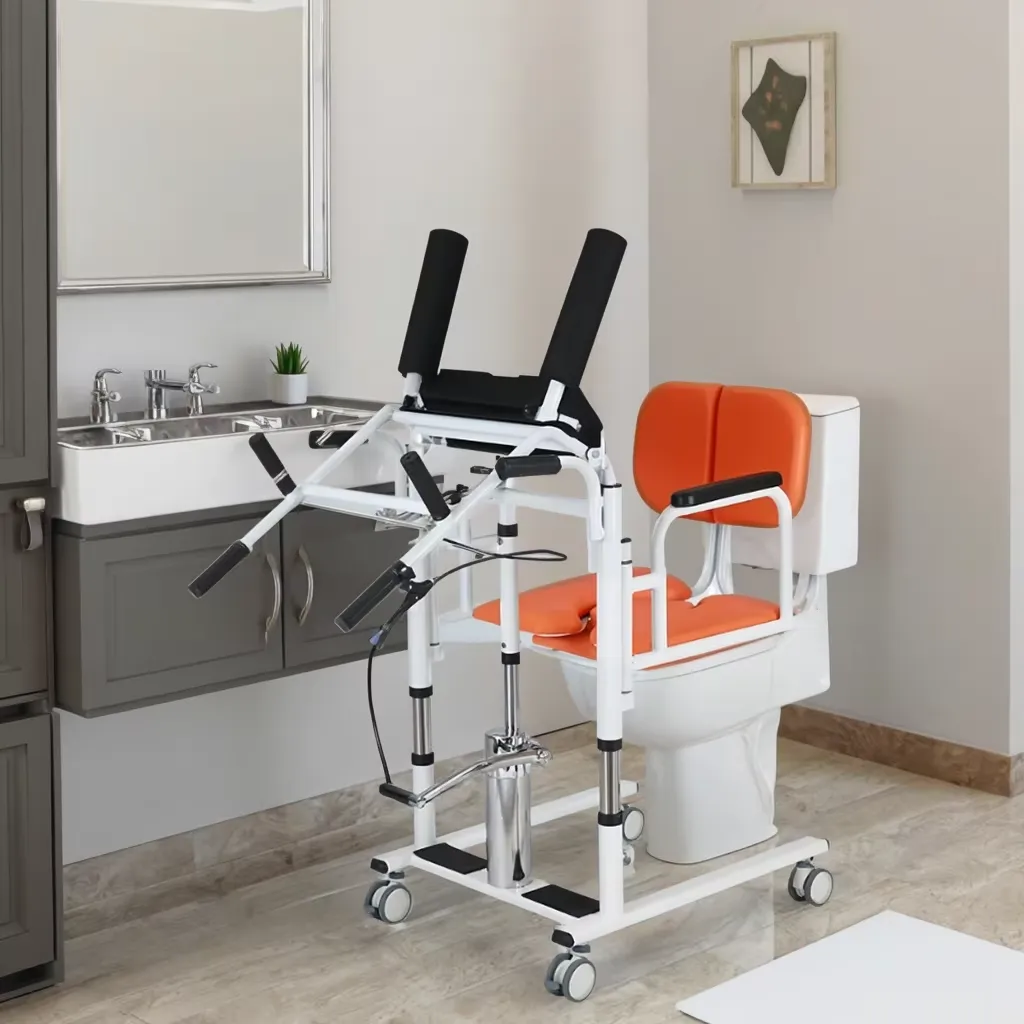
Rehab Equipment for Home Use: Supporting Recovery Beyond the Clinic
As healthcare systems increasingly embrace home-based recovery models, rehab equipment for home has become essential for maintaining therapy routines outside medical facilities. Whether for patients recovering from surgery or individuals managing chronic conditions, rehab equipment for home empowers users to continue progress in a comfortable and familiar environment. It also encourages greater consistency, which is key to long-term recovery success.
Typical rehab equipment for home includes portable pedal exercisers, resistance bands, balance cushions, and compact therapy tables. These items are designed for ease of use, with adjustable features and lightweight materials that make daily routines practical. Moreover, digital feedback systems and mobile apps are often integrated into modern devices, allowing remote monitoring by physical therapists and real-time progress tracking, thereby bridging the gap between clinical supervision and self-managed care.
Physical Therapy Rehabilitation Equipment Tailored to Diverse Needs
Physical therapy rehabilitation equipment spans a wide spectrum of tools aimed at restoring movement, coordination, and muscular strength. Whether treating athletes, elderly individuals, or patients with neurological conditions, therapists depend on a broad array of equipment to deliver personalized treatment plans. Advanced physical therapy rehabilitation equipment supports everything from gait retraining and balance enhancement to joint flexibility and cardiovascular conditioning.
Examples include suspension systems for unweighted walking, resistance machines for targeted muscle engagement, electrical stimulation units for neuromuscular activation, and ultrasound therapy for pain relief. The adaptability of physical therapy rehabilitation equipment is what makes it indispensable across rehabilitation stages—from initial immobility to functional independence. In recent years, technology-enabled devices, such as biofeedback units and robotic arms, have revolutionized therapy by offering higher precision and motivation-driven engagement.
Walking Rehabilitation Equipment for Mobility and Confidence
For individuals recovering from lower-limb injuries, strokes, or surgeries, walking rehabilitation equipment is essential for regaining independence and stability. These devices are engineered to help patients retrain their gait, rebuild muscle memory, and reduce the fear of falling. Physical therapists select walking rehabilitation equipment based on the patient’s stage of recovery and physical capabilities, ensuring a safe and effective pathway to restored mobility.
Some of the most effective walking rehabilitation equipment includes parallel bars, gait trainers, walker-assist devices, and treadmill-based systems with body-weight support. These tools allow controlled and progressive reintroduction to walking mechanics. Additionally, innovative systems with integrated sensors provide feedback on stride length, balance, and posture, enabling therapists to make real-time adjustments. For patients with long-term mobility challenges, these devices are not just therapeutic tools—they’re a pathway back to daily life and social reintegration.
Rehab Equipment in Clinical and Home Environments
The use of rehab equipment spans various environments, from large rehabilitation centers to individual homes. In clinical settings, therapists use multifunctional workstations that allow dynamic exercise regimens under supervision. In contrast, home setups focus on simplicity, portability, and comfort. Regardless of the environment, the goal of rehab equipment remains consistent: to provide structured and progressive exercise that supports neurological, muscular, and skeletal recovery.
Manufacturers today prioritize ergonomic design, intuitive interfaces, and safety features in all types of rehab equipment. Some systems now include virtual reality environments that simulate real-life movements and challenges, providing an engaging experience for users while promoting neurological reconditioning. With growing demand, the market for rehab equipment continues to evolve, offering better customization, smarter tracking, and greater accessibility for both patients and healthcare providers.
Rehabilitation Equipment FAQs
What types of rehabilitation equipment are commonly used in physical therapy?
Rehabilitation equipment used in physical therapy includes treadmills with support harnesses, resistance bands, balance boards, electrical stimulation units, and mobility trainers. These tools assist in improving strength, coordination, and endurance during structured rehabilitation sessions.
How does rehab equipment for home benefit long-term recovery?
Rehab equipment for home enables patients to maintain therapeutic routines outside clinical settings. It supports consistent progress, fosters independence, and allows for flexible scheduling. With remote monitoring technology, therapists can also track outcomes and adjust programs in real-time.
Why is physical therapy rehabilitation equipment important for post-surgical patients?
Physical therapy rehabilitation equipment helps restore strength, mobility, and function after surgery. It is essential for minimizing complications, enhancing joint range of motion, and promoting tissue healing. Custom equipment can be tailored to target specific surgical recovery needs.
What role does walking rehabilitation equipment play in stroke recovery?
Walking rehabilitation equipment is crucial for helping stroke patients relearn gait patterns, regain balance, and restore lower-limb coordination. It often includes gait trainers, parallel bars, and harness-supported treadmills that ensure safety during relearning.
Can rehab equipment be used independently at home?
Yes, many types of rehab equipment are specifically designed for independent use at home. They often include safety features, instructional guides, and ergonomic support to ensure effective and secure self-administered therapy routines.



